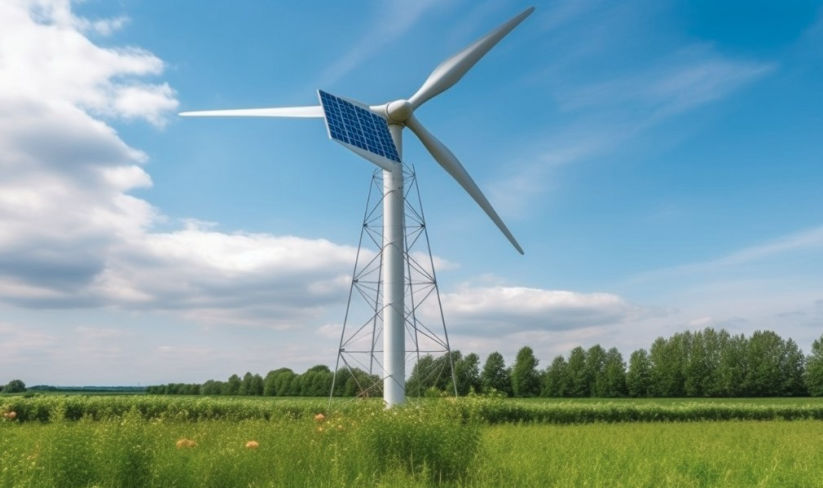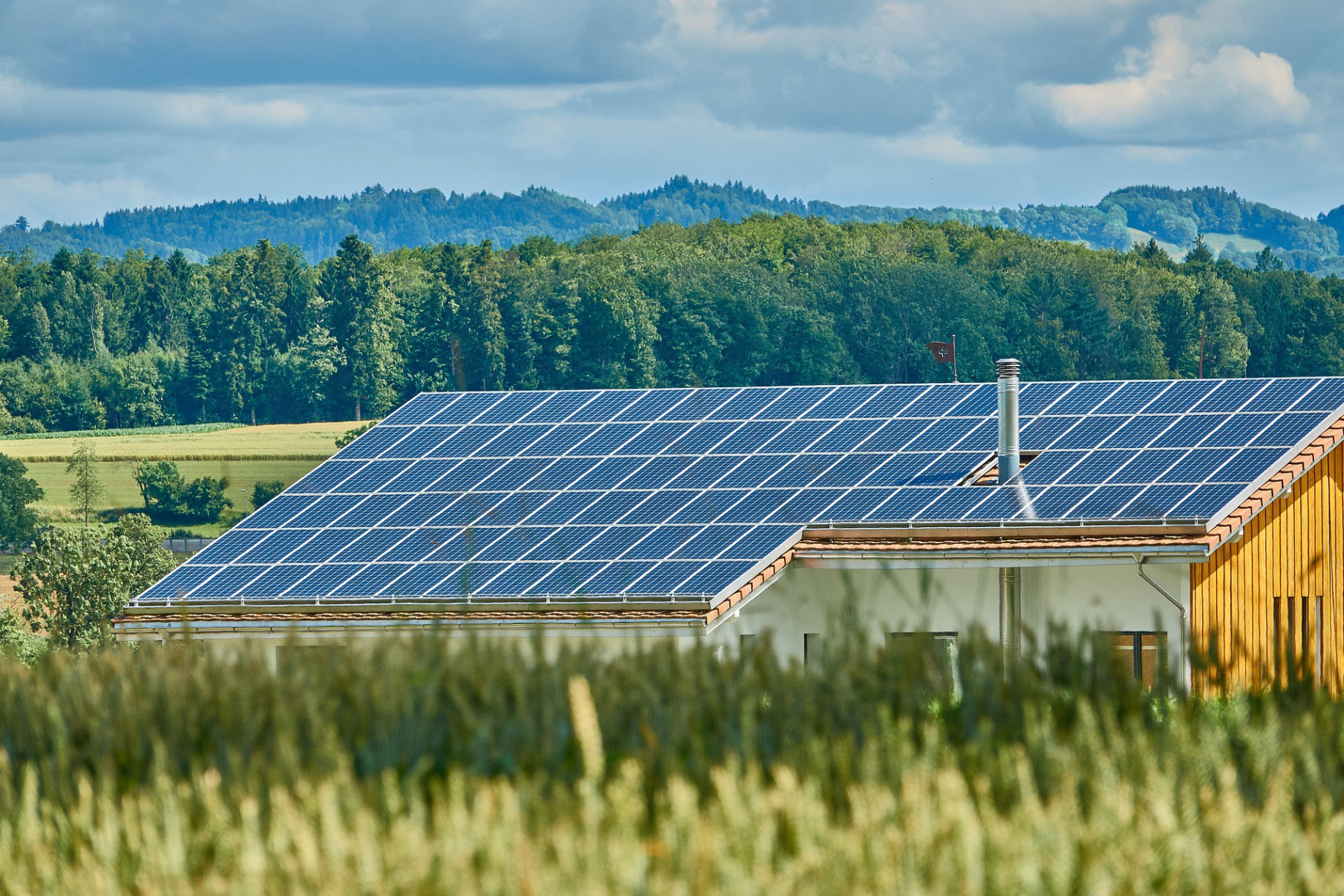The Challenges and Important Considerations of Utilizing Renewable Energy Off-Grid
While harnessing renewable energy sources like sunlight, wind, and water offer clear environmental and economic benefits, there are also several significant challenges and practical factors to contemplate when taking your home completely off the grid.
A. Accessing Consistent and Reliable Year-Round Electricity
Renewable power sources like solar panels and wind turbines are heavily weather-dependent, making uninterrupted 24/7 electricity generation difficult. High-capacity battery banks are essential for storing surplus energy from sun and wind to power through extended periods of overcast skies or low wind speeds. Combining multiple complementary renewable generation sources, like solar photovoltaics and wind power together in a hybrid system, can help overcome variability and intermittency problems caused by shifting sun and wind patterns. Careful system design using batteries and hybrid renewable configurations enables reliable off-grid power despite weather fluctuations.
- Power sources like solar panels and wind turbines are heavily dependent on cooperative weather, making generating electricity 24/7 difficult.
- Banks of high-capacity batteries for energy storage are essential for amassing enough solar or wind power surplus for periods of extended overcast skies or low wind speeds.
- Combining multiple renewable generation sources such as solar PV and wind can help overcome the variability and intermittency issues of sun and wind patterns.
B. Tackling the Substantial Upfront Costs of Renewable Energy Systems
Transitioning to a completely off-grid renewable energy lifestyle unfortunately still involves tackling substantial upfront costs for purchasing and installing the equipment. Comprehensive solar array systems, wind turbines, or micro hydropower setups that can power an entire off-grid home require major initial investments, typically ranging anywhere from $10,000 on the lower end to $50,000 or more on the higher end. The exact costs depend on factors like system size, components selected, and labor charges.
Due to the high capital costs, financing options are often necessary to make off-grid renewable systems affordable. The long payback periods of 5-10 years can be daunting. However, government incentives like rebates and tax credits can offset some of the initial purchase and installation costs. Opting for do-it-yourself installation instead of professional contractors can potentially reduce labor fees but adds complexity. Consulting renewable energy system experts is still advisable even for DIY projects to ensure proper design and execution. Carefully weighing financing options and capital costs is key when budgeting for an off-grid renewable energy lifestyle.
- Comprehensive off-grid solar arrays, wind turbines, or micro hydropower setups require major initial investments, typically ranging from $10,000 to $50,000 or more.
- The long payback periods of 5-10 years for these systems mean financing is often necessary. Government incentives like renewable energy rebates can assist with affording the substantial upfront costs.
- Do-it-yourself installations can potentially reduce labor costs but add complexity. Consultation with renewable energy experts is advisable.
C. Site-Specific Geographical Factors that Can Limit Feasibility
- The productivity of solar panels and wind turbines is heavily dependent on local climate conditions like solar radiation, temperature, and wind speeds.
- Implementing micro hydropower systems relies on having adequate flowing water resources like streams or falls accessible on or near your property.
- Geothermal heat pump systems depend on having sufficient land area for digging underground loops and piping.
D. The Need for Ongoing System Monitoring and Maintenance
- Regular inspections, replacements of worn parts, and general repairs are critical for ensuring renewable energy systems remain functional for their full lifespan of 20-30 years.
- Remote monitoring equipment helps catch small issues early before they lead to system failures. Learning basic system troubleshooting and repair skills is advisable.
E. Making Lifestyle Adjustments to Dramatically Reduce Energy Usage
- Off-grid living may require reducing energy usage by giving up large appliances, multiple gadgets and electronics, electric space heating and more.
- Improving home energy efficiency becomes much more important, including passive solar design, high levels of insulation, LED lights, and more.
In summary, attaining year-round renewable energy, paying for systems, site dependencies, maintenance requirements, and curbing electricity use pose challenges. But with informed planning and preparation, these difficulties can be effectively overcome. The key is understanding the practical factors involved with off-grid systems.


